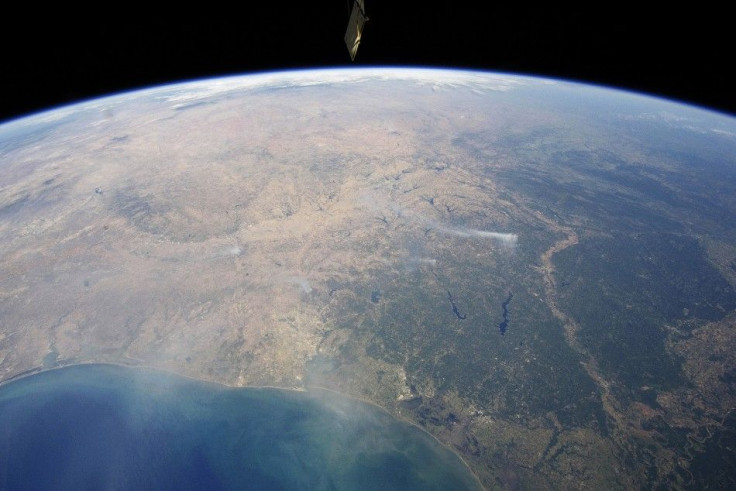Research Suggests Earth's Water Came From Comets

The first source of water on Earth has long been debated. But now astronomers, using the Herschel Space Telescope, believe Earth's waters came from comets.
Paul Hartogh, of Germany's Max Planck Institute for Solar System Research, said his team's research suggests a comet, called 103P/Hartley 2, has the same chemical composition as the Earth's oceans, Reuters reported on Monday.
It was a big surprise when we saw the ratio (D:H) was almost the same as what we find in the Earth's oceans, said Hartogh.
It means it is not true anymore that a maximum of 10 percent of water could have come from comets. Now, in principle, all the water could have come from comets, he added.
D/H measures the proportion of deuterium, or heavy hydrogen, to ordinary hydrogen.
Hartley 2 was discovered in 1986 with an estimated diameter of .75 to .99 miles (or about 1.2 to 1.6 kilometers).
Our results with Herschel suggest that comets could have played a major role in bringing vast amounts of water to an early earth, added physicist Dariusz Lis of Caltech, a co-author of the research paper.
The researchers believe Hartley 2 probably formed in the Kuiper belt, which lies about 30 to 50 times farther from the Sun than the Earth, while the other comets studied come from the Oort Cloud, some 5,000 times farther away.
Must Read: Smallest Full Moon of 2011 Tonight
© Copyright IBTimes 2025. All rights reserved.





















